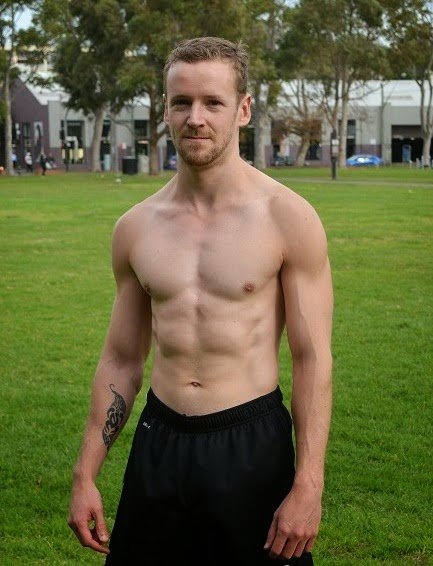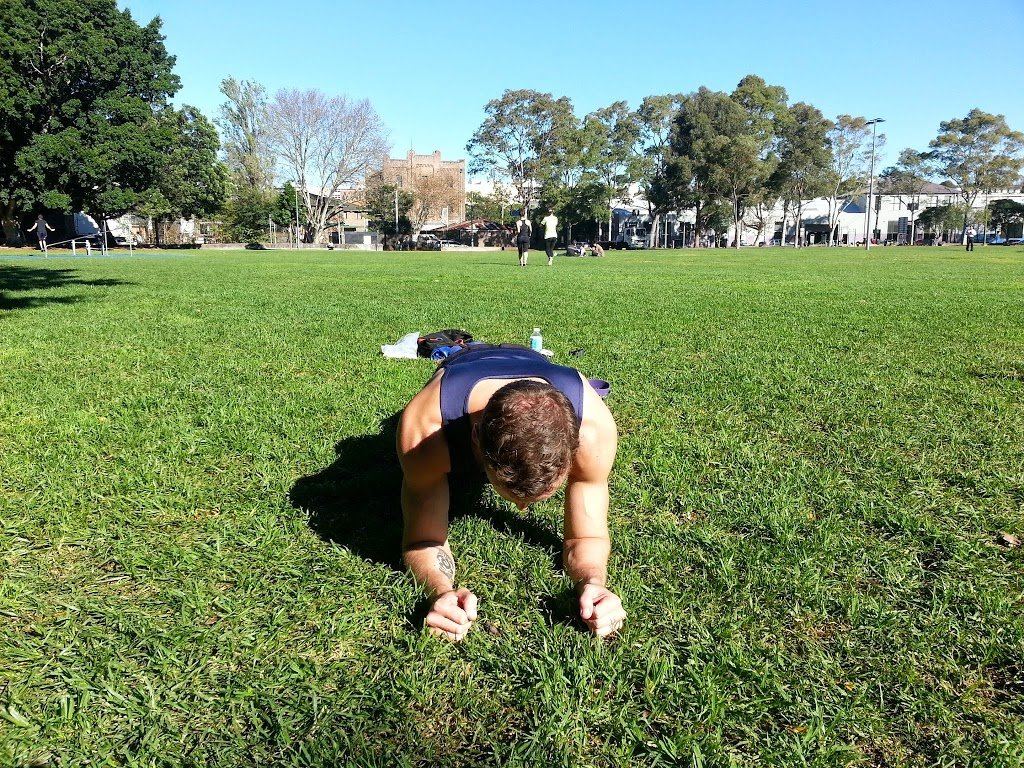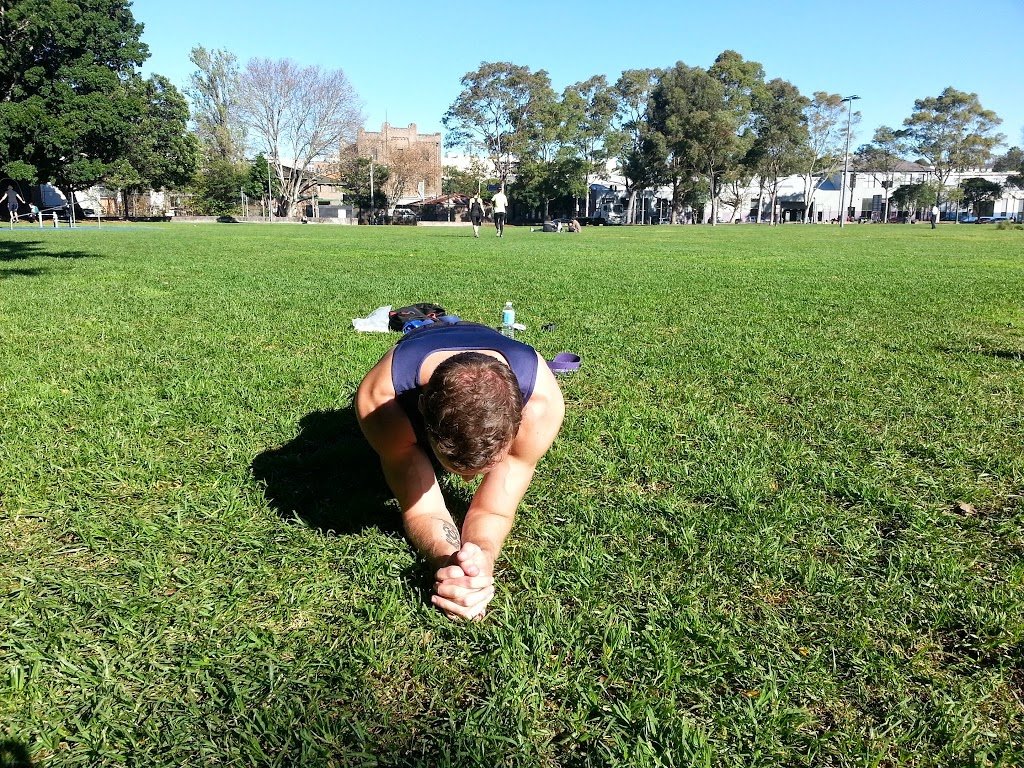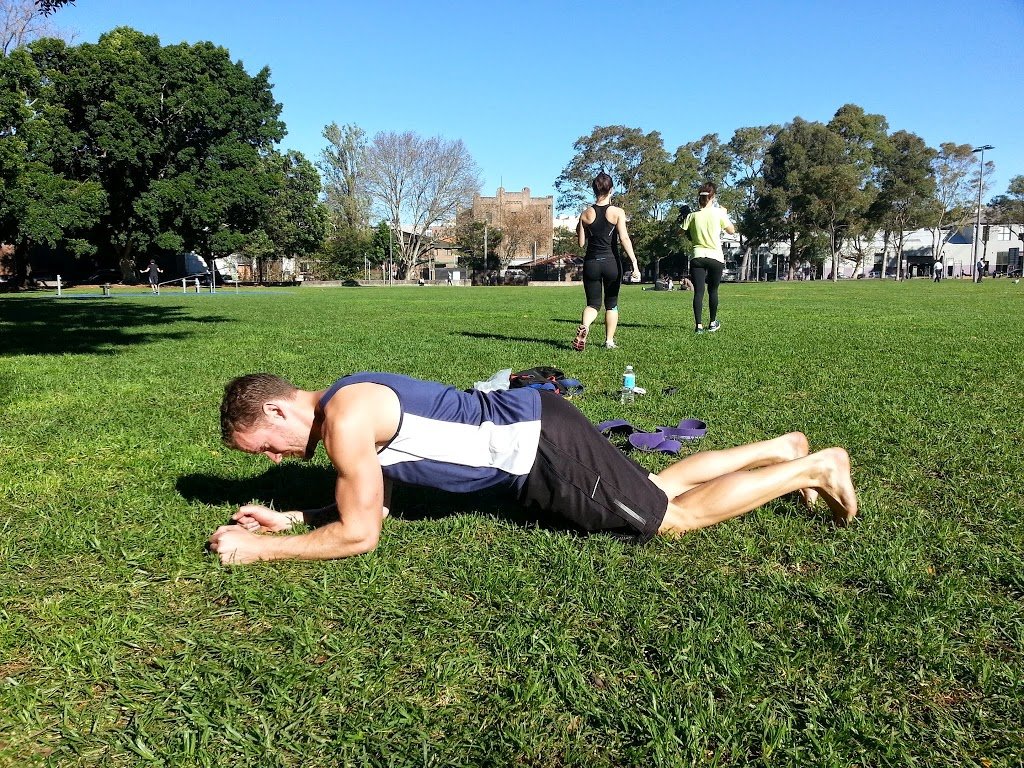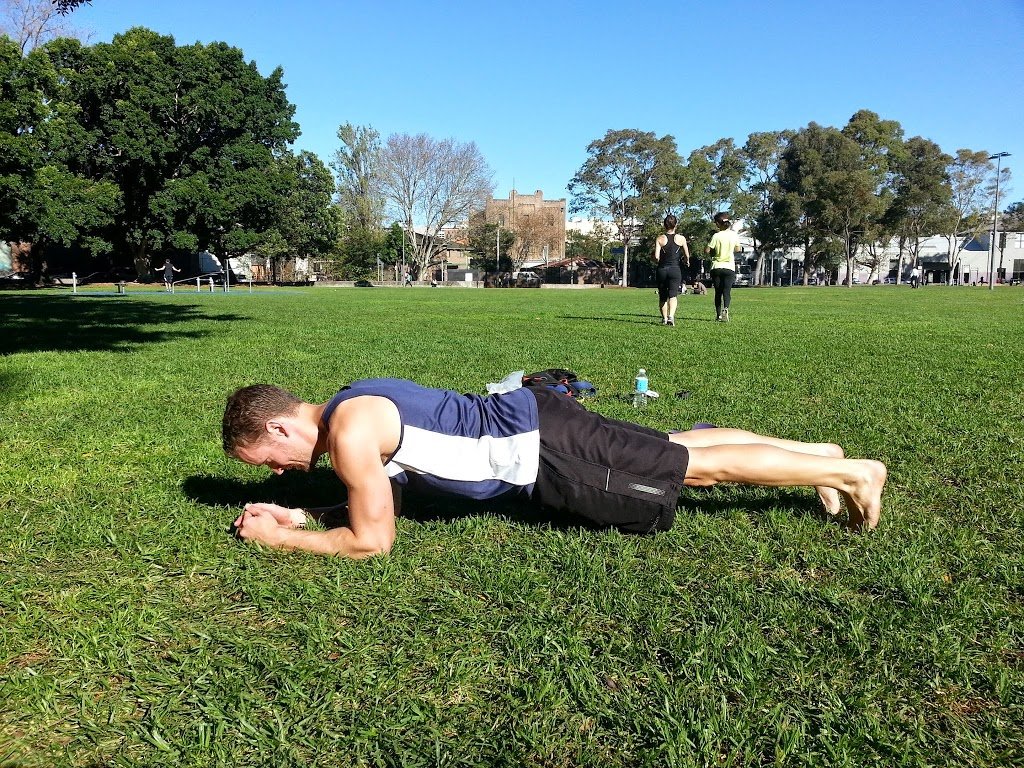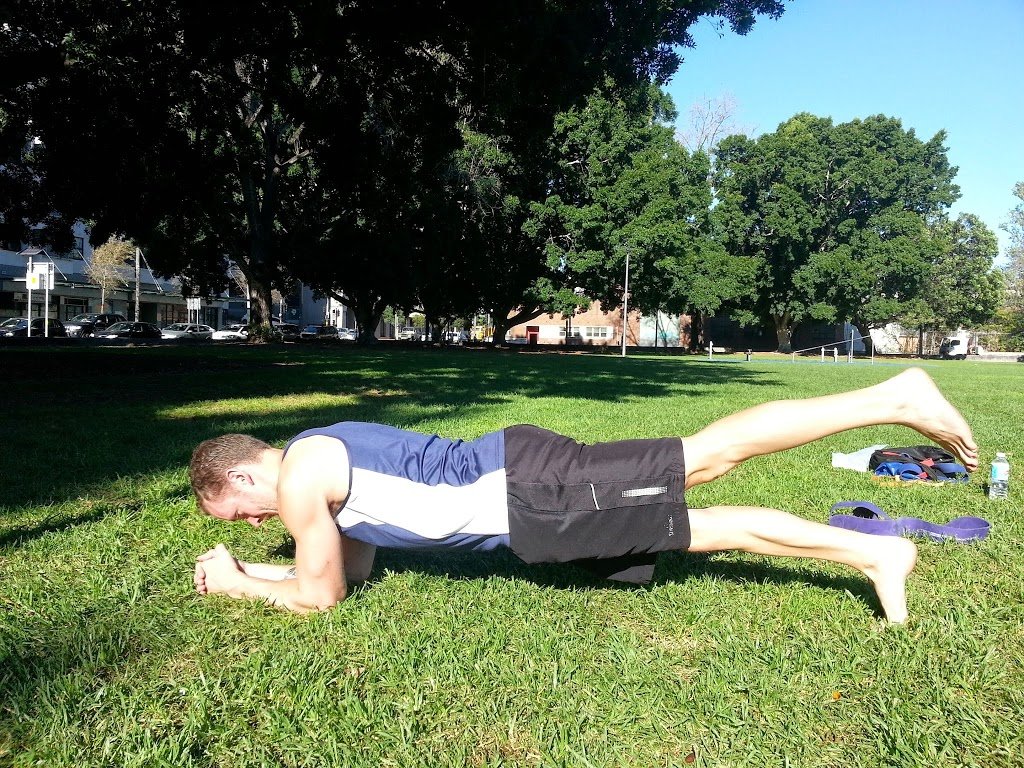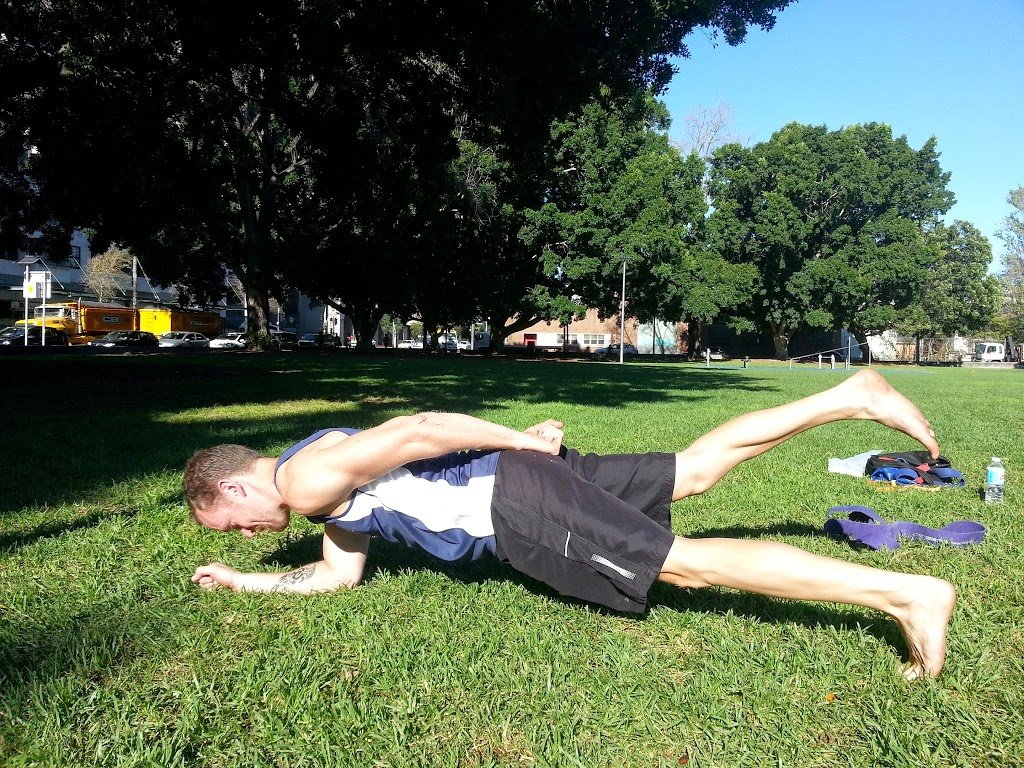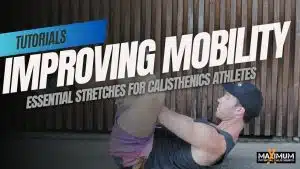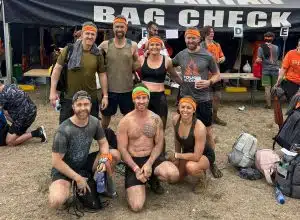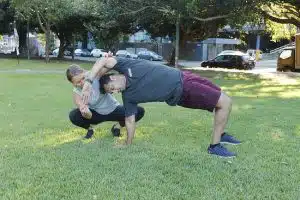In part one, I wrote diet is the most important factor in getting a six-pack and gave a handful of my tips on how to get your diet right. In this post, to coin a phrase from Paul Wade, I shall be delving into what exercises I recommend to give you a six-pack from hell!
There are two main different types of resistance training, training for strength and training for muscle mass. The first trains your nervous system and is my preferred method of training, whilst you will see some gains in terms of mass, the focus is on being able to perform the hardest exercises you can whilst remaining fresh. The typical rep range for this is 1 – 5 reps, with a handful of sets. Training for muscle mass, you need to go higher with those reps and less sets; this will fatigue your muscles more, which will encourage muscle growth. You should be looking to do 10 – 15 reps with only a couple of sets for each exercise, as this post is about building a six-pack, this is the range I’m going to be recommending for the exercises. If you go beyond 20 then you start to get into the stamina range.
Crunches?
To reach muscle failure (the point where you can’t do another rep) doing crunches you may end up getting into triple digits; now don’t get me wrong you’ll feel a mighty burn in your abdominals, but this is not the most effective way to build bigger muscles. To use an analogy, you wouldn’t see a body-builder who can bench 100kg doing 100 reps of 10kg to try and get bigger chest muscles – why do should we train our core any differently?
The other reason why I never perform crunches is down to the anatomy and functionality of the core muscles; your core is made up of your abdominals, obliques (the muscles running down the side of your abs) and even your glutes (your bum). These muscles work together to stabilise the upper body. Without these muscles, your body would not be able to keep itself upright. With that in mind, I believe the best way to train your core is through stabilising exercises and functional movement, rather than isolating the abs using crunches.
What exercises should we be training then and how do we make them harder without going beyond 20 reps? Enter progressive exercises through calisthenics – in weight-lifting to make an exercise more difficult you simply add more weights, in calisthenics you have to manipulate your body differently to make the exercise more challenging.
If you are already training in calisthenics such as push-ups and pull-ups, then I recommend you only perform these once a week as your core muscles will already be getting a good workout. If not then try and train these 2 – 3 times a week, though always have a days rest between sessions, or train a different body-part. So without further ado here are the two progressive calisthenics exercises that I recommend to build a six-pack.
Plank
The plank is a great exercise, not only does it work your entire core, but it also works your shoulders and legs. However, the common theme I see is to get people to add more and more time to your plank; don’t get me wrong building stamina is a worthwhile pursuit and I do train this way from time to time. As discussed previously though, if you want to build big core muscles, then a lower time of harder exercises is called for. All you need to do is perform 2 sets of 1 minute, once you can do this then move onto the next exercise.
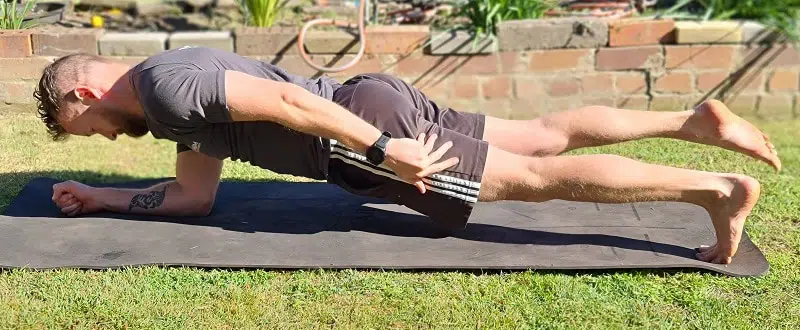
Want to try a FREE 30 day Plank Challenge that will give you a stronger core, guaranteed?
Fill in the form below to receive the challenge today!
For all stages of the plank, your head, shoulder blades and tail-bone should be in a straight line. If you’re unsure then use a long straight object such as a meter ruler to measure this. Some of the steps can be quite big, therefore I wanted to first show a couple of tricks to make each progression gradually more difficult.
This will make you a lot less stable and therefore force you to use your abdominals and obliques more.
The same works with your legs, by having them wide apart your body is more stable.
Bringing them right next to each other will make you less stable and force your core to work harder.
Step 1 – Knee Plank
If a full plank is beyond your reach, then simply start with your knees on the ground. By doing this you aren’t taking as much weight; if this step is too difficult then elevate your arms on a bench.
Step 2 – Full Plank
By taking your knees off the ground, your core has to stabilise the entire length of your body; once you can’t hold it any longer, drop down onto your knees and complete the minute.
Step 3 – One Leg Plank
Get into the full plank, then simply lift one leg in the air. You’ll feel a lot more pressure on your leg now as well as your core from the lack of stability. Again drop down into the full plank position and continue the rest of the minute once you can’t hold it any longer. Don’t forget to swap legs in the second set.
Step 4 – One Arm Plank
Get into the full plank position, except start with your legs a little wider to begin with, then lift one arm up; you can place your arm wherever you want to, my preference is in the small of my back. You should also squeeze your non-working fist to generate more full body tension. This is the level that I am currently at, by gradually moving my legs closer together it is really strengthening my obliques. Don’t forget to swap arms for the second set.
Step 5 – One Arm, One Leg Plank
From the full plank position, lift your opposite arm and leg. Make no mistake about it, this is an extremely difficult exercise. To balance yourself you have to squeeze every muscle in your body as tight as you can to create full body tension. Once you can hold this for a minute both sides you will have a core of solid iron and with the right body-fat a great six pack.
Going beyond this takes us into the realms of elbow levers and planches, whereby your legs are off the floor. The planche is way beyond my current level so at this moment in time I don’t feel I’m in a position to write progressions towards it.
Leg Raises
The first exercise was a static hold, to build true strength you need to mix in static exercises with dynamic exercises (as well as explosive exercises but that’s a post for the future). Generally speaking any exercise that brings your legs towards your upper body is going to work your core better than your head towards your legs. My thanks goes to Paul Wade for letting me use his awesome progressions from Convict Conditioning.
You should aim to do these exercises slowly and under control, with at least a second to get from the start to the finish position, a second hold and then another second to return to the start position. Once you can perform 2 sets of 15 reps then move onto the next exercise.
Step 1 – Lying Knee Tucks
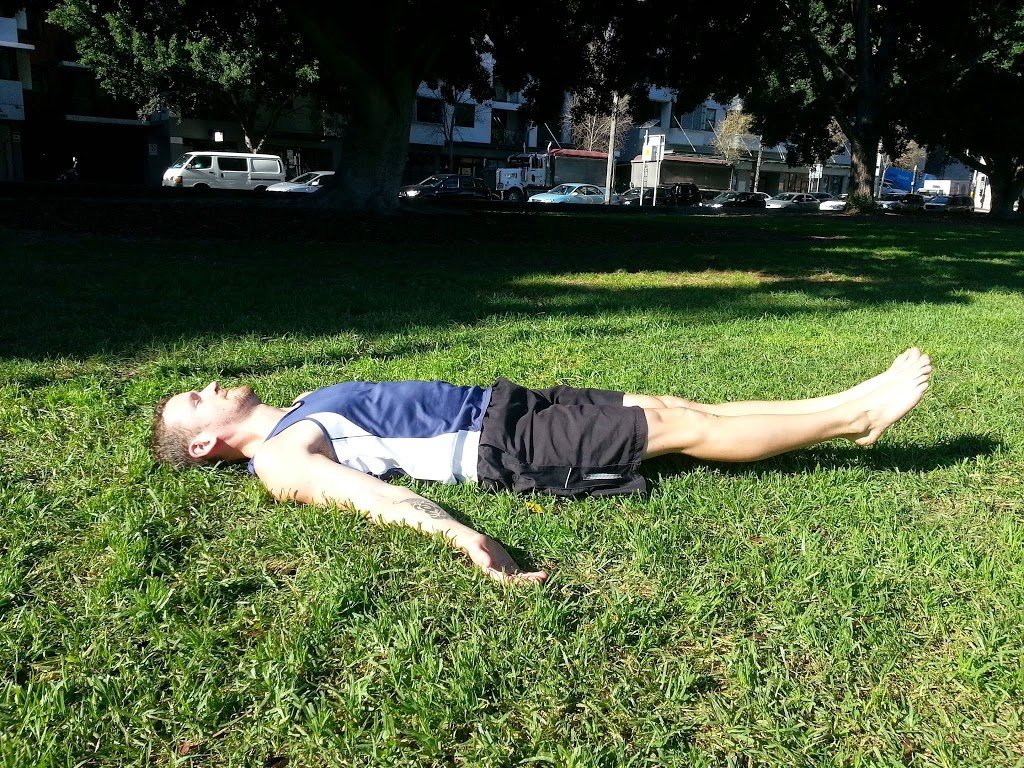 |
| Start Position |
 |
| End Position |
Lye on your back with your legs extended out slightly off the ground, slowly and under control tuck your knees towards your chest, hold this for a second before returning to the start position.
Step 2 – Lying Bent Knee Raises
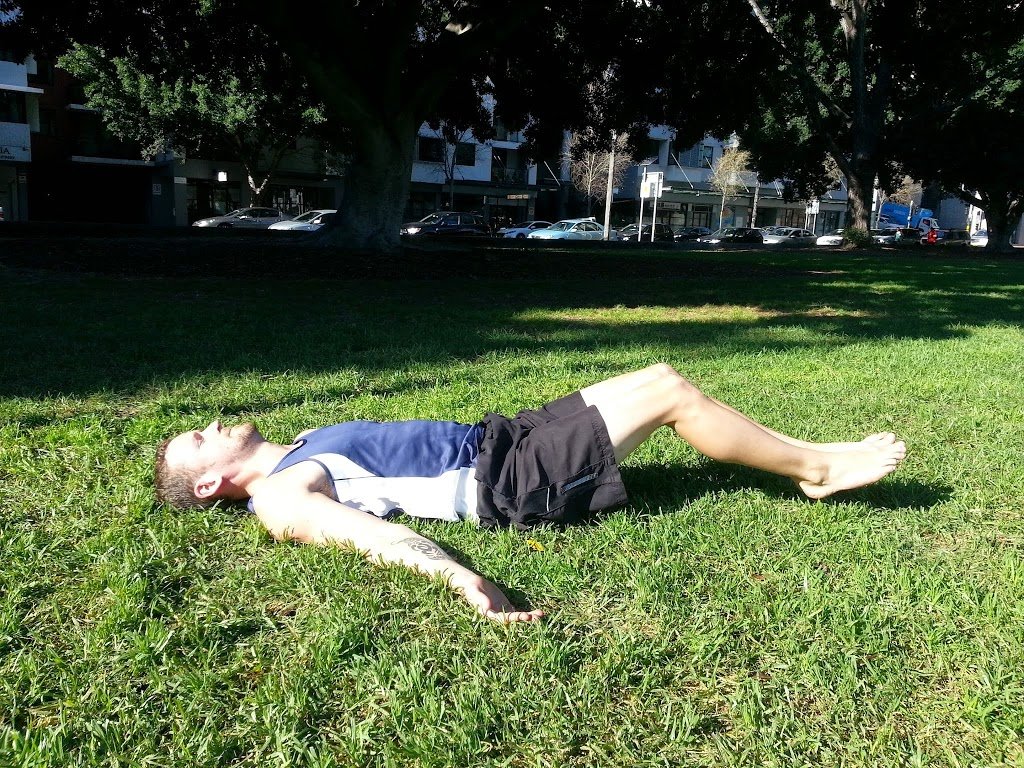 |
| Start Position |
 |
| End Position |
Lye on your back with your legs off the ground and with a slight bend at the knee. Whilst maintaining this bend, bring your legs towards your body until your hips are at a 90 degree angle, return to the start position.
Step 3 – Lying Straight Leg Raises
 |
| Start Position |
 |
| End Position |
Lay on your back with your legs straight and slightly off the ground; from here raise your legs slowly and under control until your hips are at 90 degrees. Hold for a second before lowing back to the start position.
Step 4 – Hanging Knee Raises
At this point we take our exercises to the bar; by doing so we’re now working against gravity, as well as recruiting some upper body strength to work the body in a more functional way. It’s really important in these series of exercises not to use momentum or swing to get your legs up, this will do nothing for your core muscles.
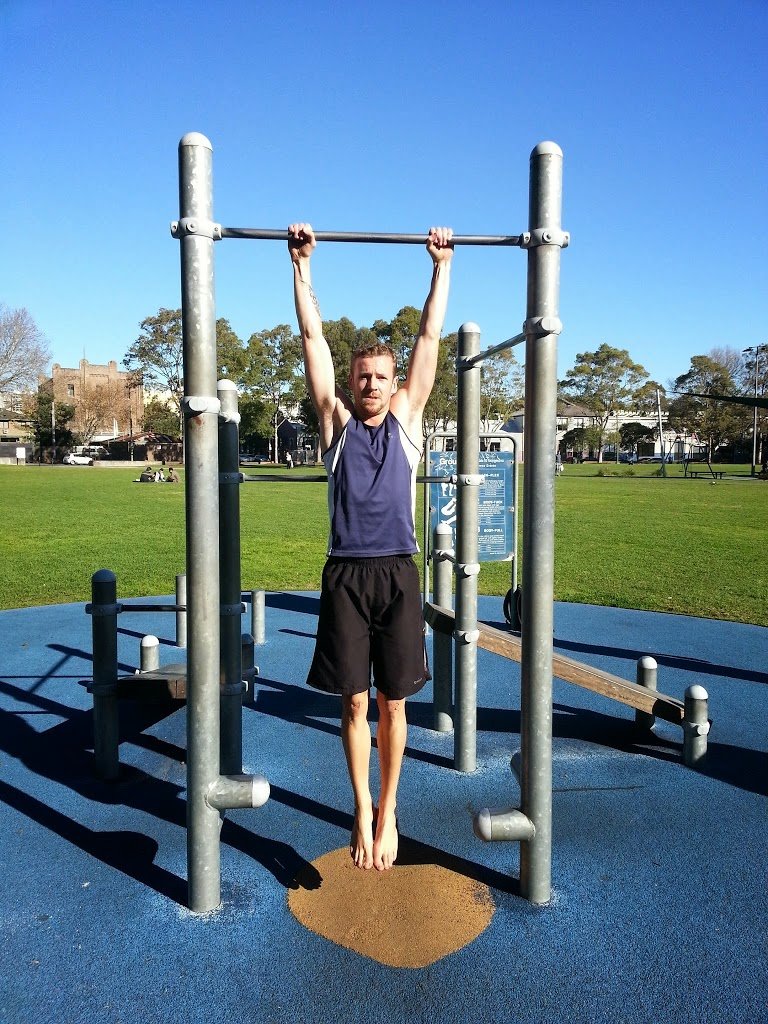 |
| Start Position |
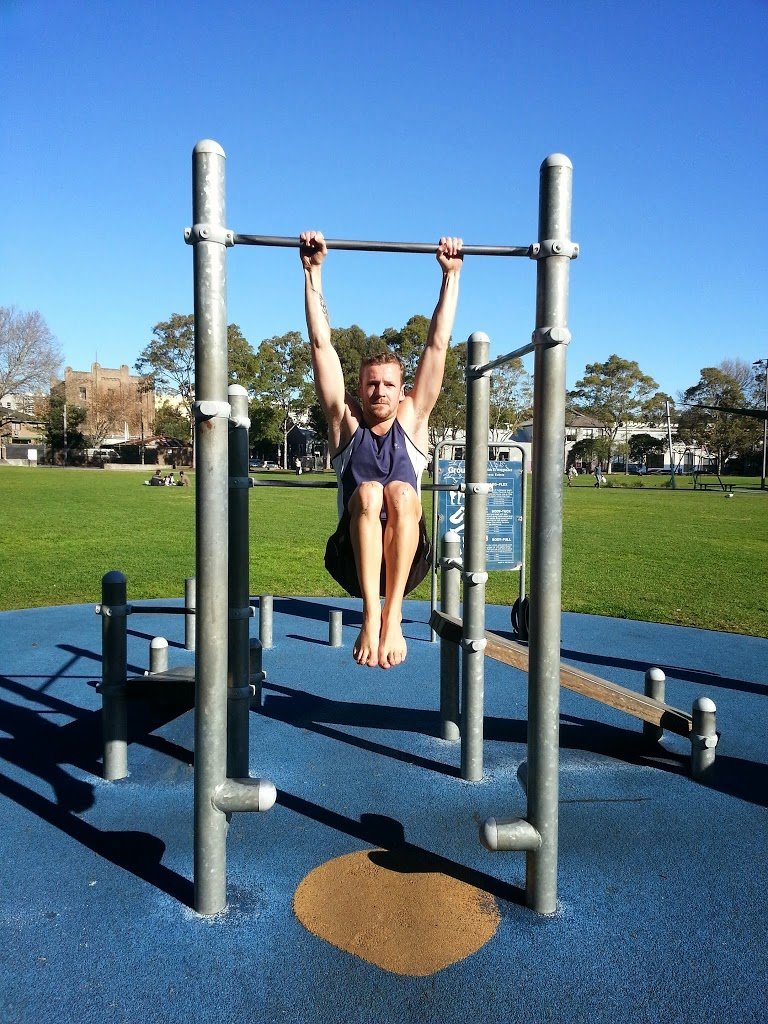 |
| End Position |
Grab a hold of a bar, preferably one that is high enough to dangle your legs straight from. Slowly and under control, tuck your knees towards your chest, hold for a second before slowly returning to the start position. You may not be able to get as high as I am in this photo to begin with, but keep practising and your range of motion will improve.
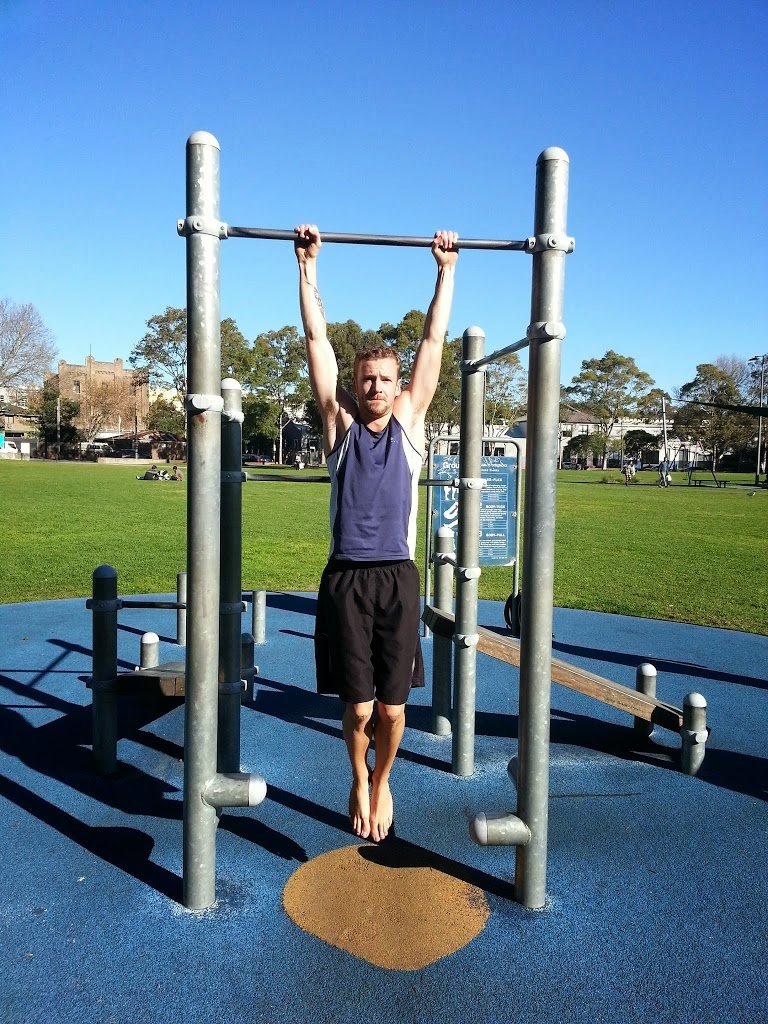 |
| Start Position |
 |
| End Position |
 |
| Start Position |
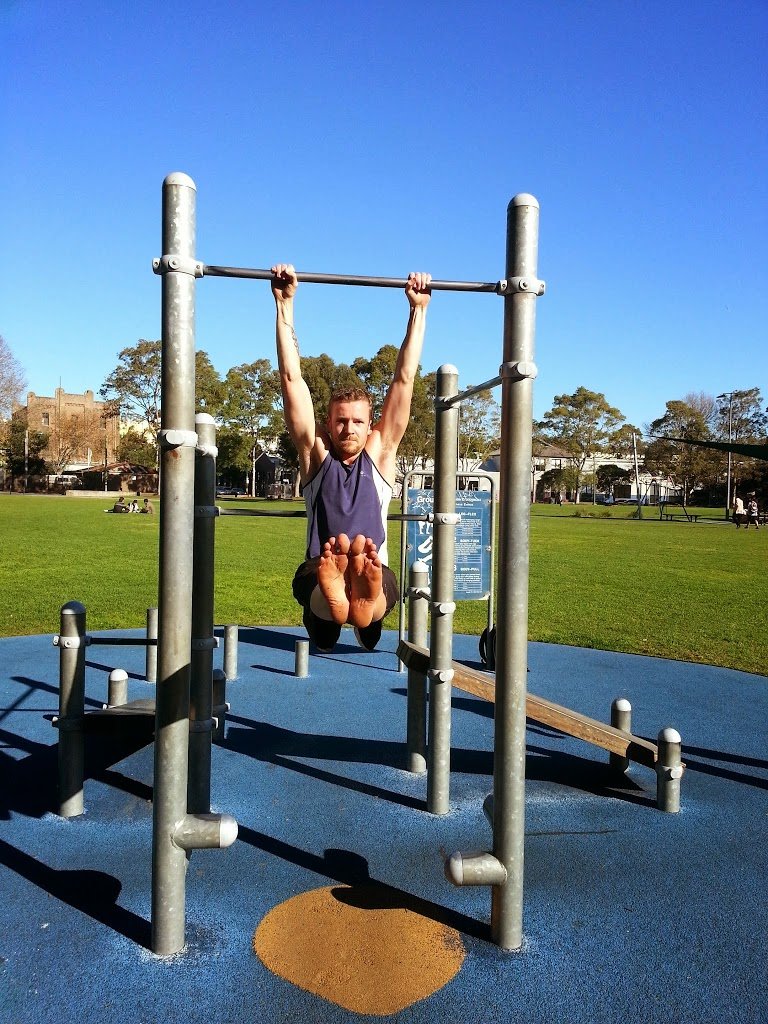 |
| End Position |
Hang from the bar with your legs straight, raise your legs slowly and under control, keeping them straight the whole way up. Once they are at 90 degrees then hold for a second, before slowly returning to the start position. The master step of Convict Conditioning, if you can perform 2 sets of 15 slow and controlled straight hanging leg raises then you will have developed a core of solid steel and a truly great six pack.
Going beyond this you should start to raise your legs as high as you can, this will require good flexibility and great strength. You may find you need to lean back a little to get your legs to the bar, but try to minimise this as much as possible.
Advanced Core Calisthenics Exercises
- Diet
- Exercises
- Sleep, Stress and Food Plan

